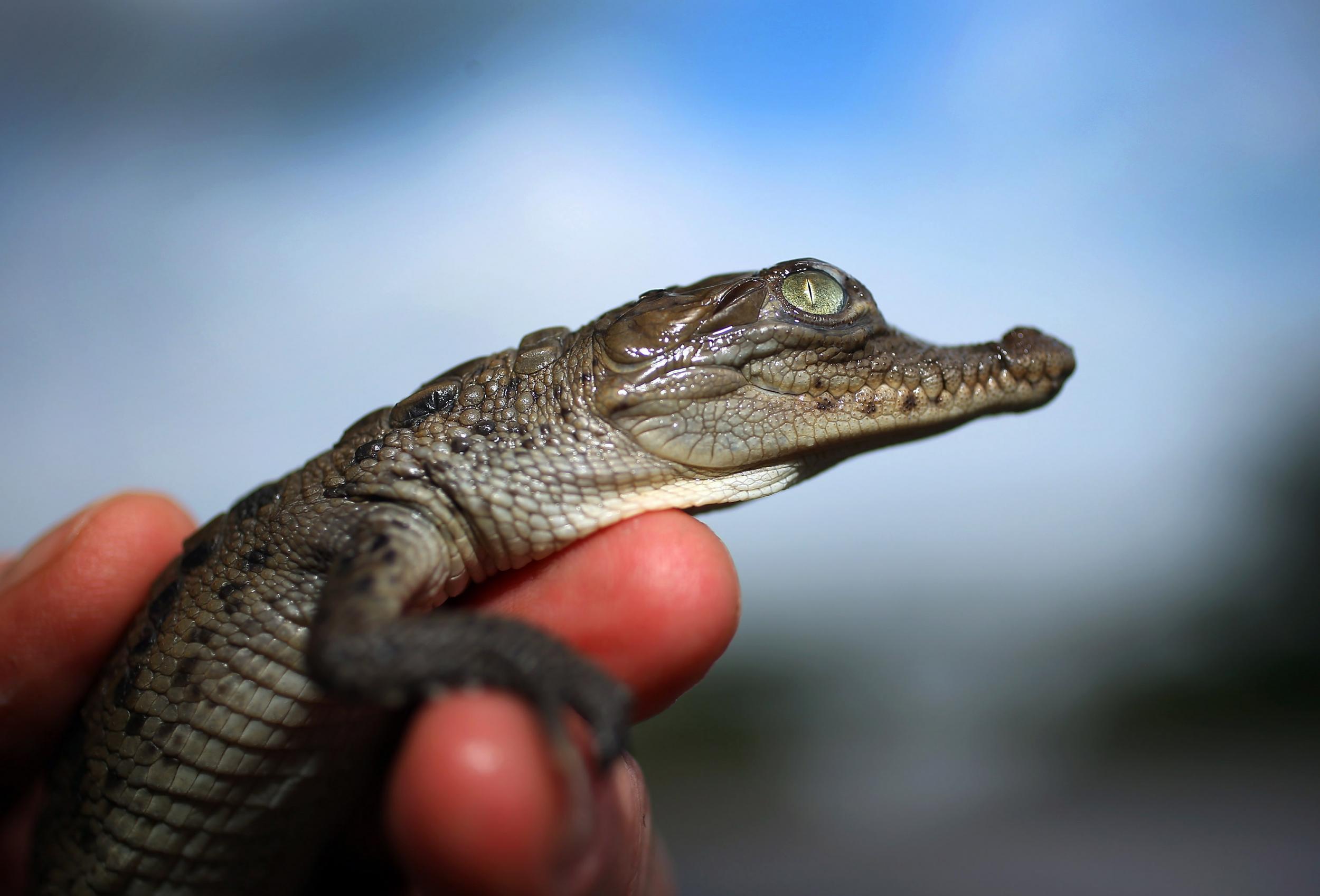Trump administration rolls back vital protections for animals at risk of extinction
Crocodiles, wolverines and monarch butterflies will be at greater risk of obliteration in a move designed to help polluting industries, activists say

Your support helps us to tell the story
From reproductive rights to climate change to Big Tech, The Independent is on the ground when the story is developing. Whether it's investigating the financials of Elon Musk's pro-Trump PAC or producing our latest documentary, 'The A Word', which shines a light on the American women fighting for reproductive rights, we know how important it is to parse out the facts from the messaging.
At such a critical moment in US history, we need reporters on the ground. Your donation allows us to keep sending journalists to speak to both sides of the story.
The Independent is trusted by Americans across the entire political spectrum. And unlike many other quality news outlets, we choose not to lock Americans out of our reporting and analysis with paywalls. We believe quality journalism should be available to everyone, paid for by those who can afford it.
Your support makes all the difference.The Trump administration has introduced broad changes to America’s signature environmental law, in a move critics say will drive more endangered animals and plants to extinction.
Interior secretary David Bernhardt unveiled a series of changes on Monday, one of which will end blanket protections for animals newly deemed threatened by extinction.
Another change will allow government agencies for the first time to consider the financial cost of protecting certain species.
The current form of the Endangered Species Act ensures that only science must be taken into account when deciding if animals are in danger.
That prohibition has meant that industries, such as logging and mining, were unable to lobby for protections to be rolled back on economic grounds.
Authorities will now consider financial implications when deciding if species need protecting.
The Trump administration will also make it easier to remove species from the endangered list.
The alterations will also allow authorities to disregard the impact of climate change, when designating areas as a critical habitat for threatened species.
US Fish and Wildlife Service official Margaret Everson said the changes “provide the maximum degree of regulatory certainty” while protecting species.
The Trump administration says the changes would make regulation more efficient and less burdensome while preserving protections for wildlife.
At least 10 state attorneys general joined conservation groups, which have promised legal action, in protesting against an early draft of the changes, saying they put more wildlife at greater risk of extinction.
“This effort to gut protections for endangered and threatened species has the same two features of most Trump administration actions: it’s a gift to industry, and it’s illegal. We’ll see the Trump administration in court about it,” said Drew Caputo, a vice president of litigation for the conservation advocacy group Earthjustice.
“These changes crash a bulldozer through the Endangered Species Act’s lifesaving protections for America’s most vulnerable wildlife,” added Noah Greenwald, the Center for Biological Diversity’s endangered species director.
“For animals like wolverines and monarch butterflies, this could be the beginning of the end.
“We’ll fight the Trump administration in court to block this rewrite, which only serves the oil industry and other polluters who see endangered species as pesky inconveniences.”
The Endangered Species Act currently protects more than 1,600 species in the US and its territories.
A United Nations report warned in May that more than a million plants and animals globally face extinction, some within decades, owing to human development, climate change and other threats. The report called the rate of species loss a record.
The 1973 act is credited with helping save the bald eagle, California condor and scores of other animals and plants from extinction since President Richard Nixon signed it into law.
Additional reporting by AP
Join our commenting forum
Join thought-provoking conversations, follow other Independent readers and see their replies
Comments